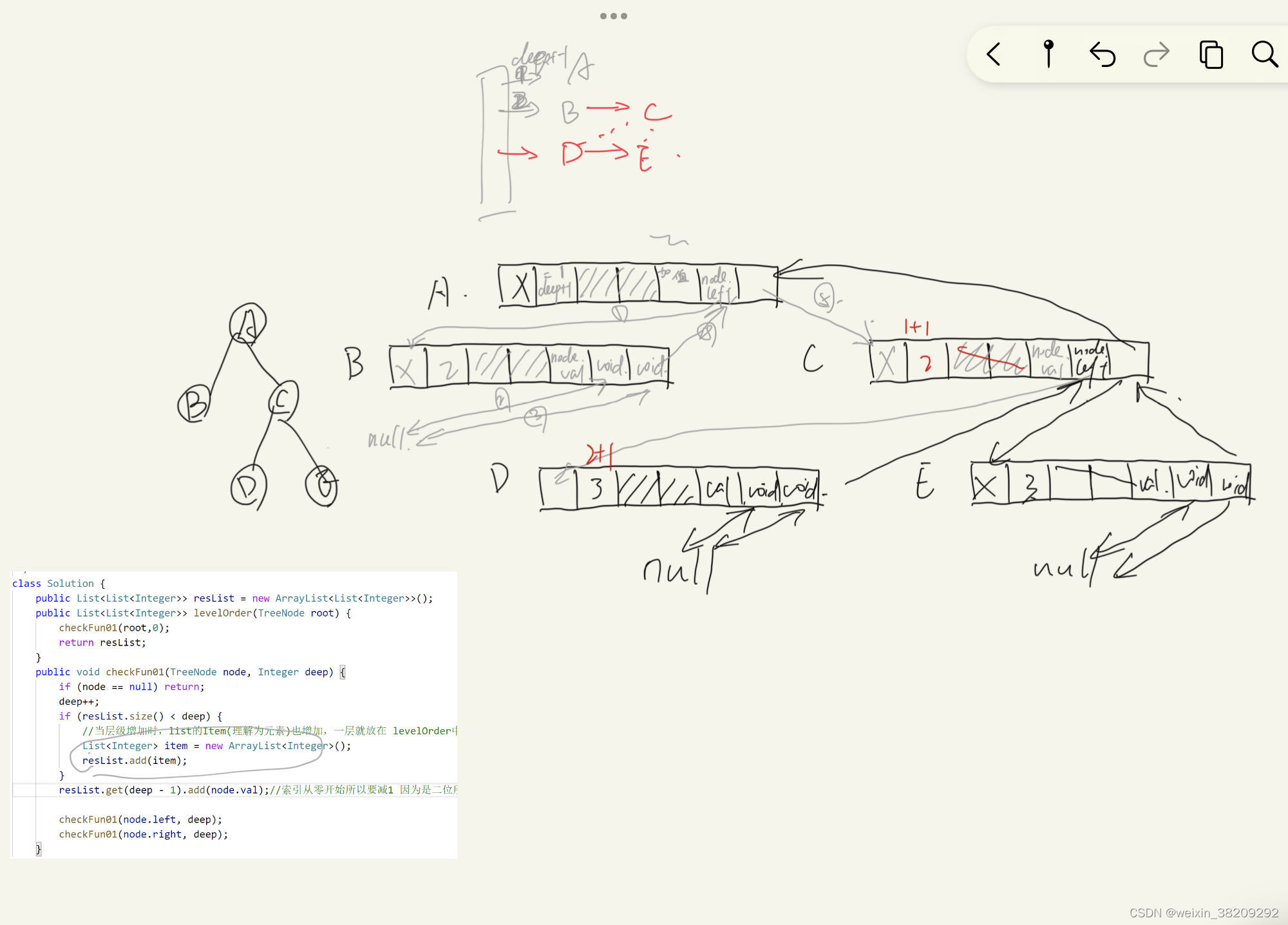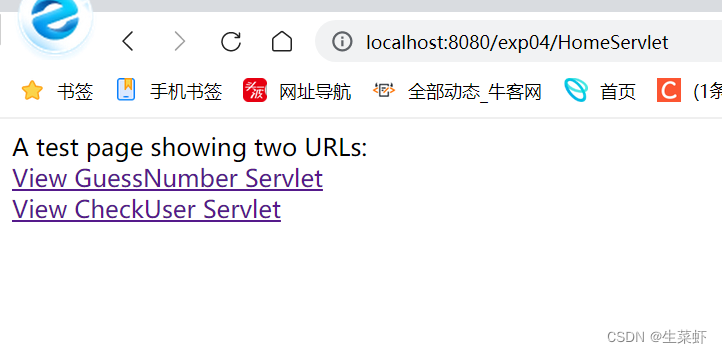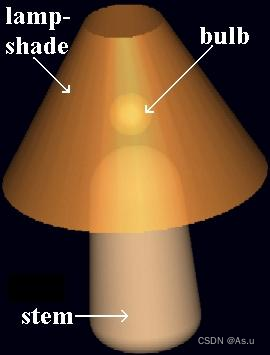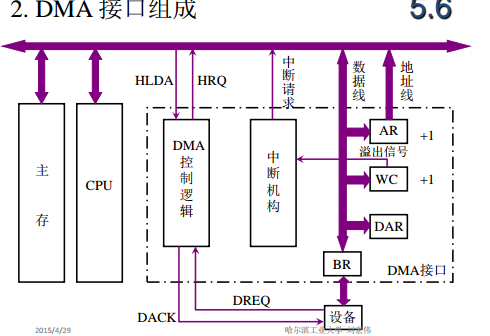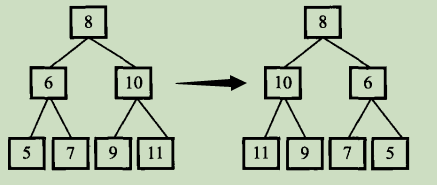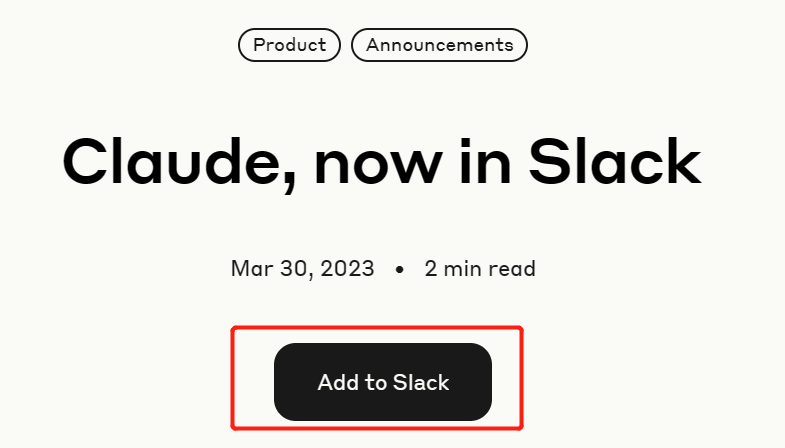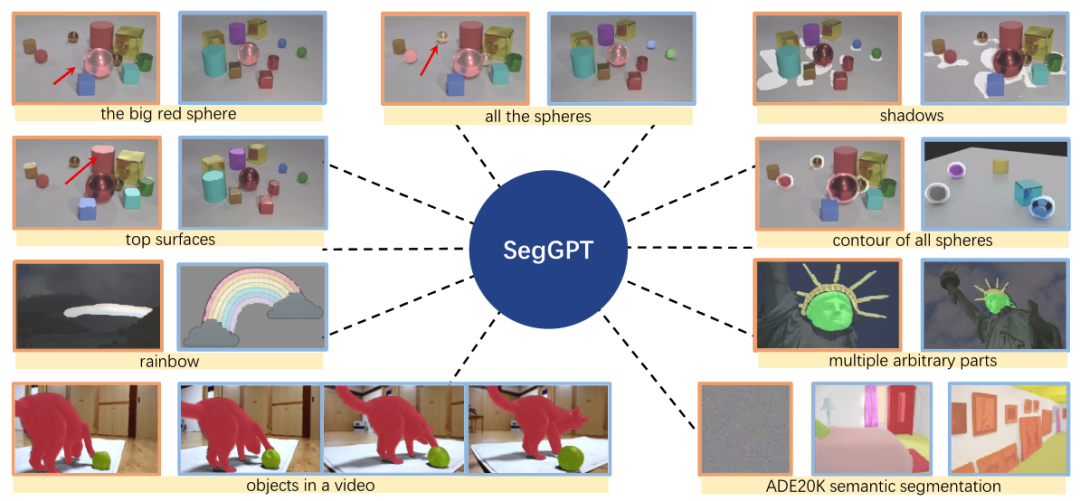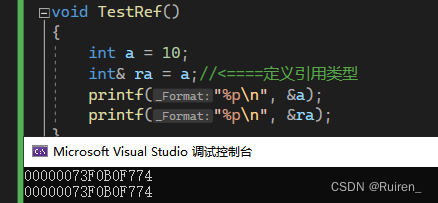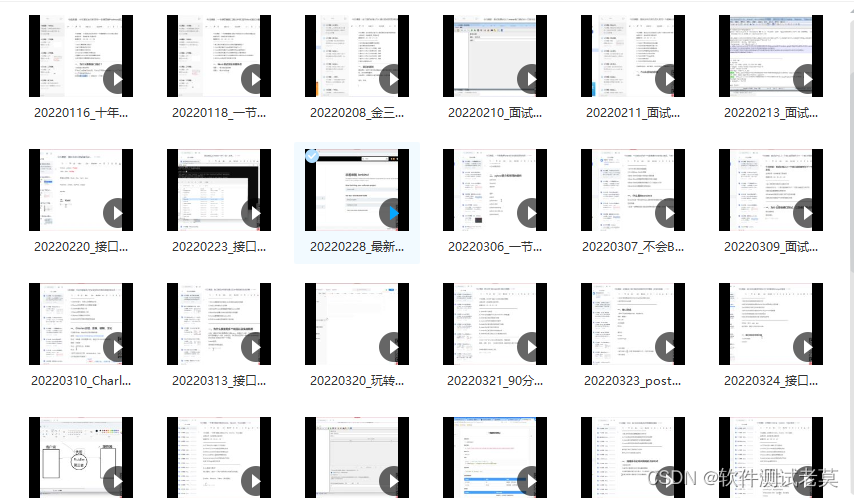近期自己搭建项目时,遇到一个跨域问题。我们以前项目解决跨域是在controller上加一个跨域注解@CrossOrigin(allowCredentials = "true"),很方便。但是在我自己搭建的项目中,启动时竟然报错了,错误如下:
When allowCredentials is true, allowedOrigins cannot contain the special value "*" since that cannot be set on the "Access-Control-Allow-Origin" response header. To allow credentials to a set of origins, list them explicitly or consider using "allowedOriginPatterns" instead.
这就很奇怪了,为什么直接拿过来不能用了呢?
错误大概意思是:
当allowCredentials为真时,allowedorigin不能包含特殊值"*",因为不能在"访问-控制-起源“响应头中设置该值。要允许凭证到一组起源,显示地列出它们,或者考虑使用"allowedOriginPatterns”代替。
原来是以前的项目springboot是2.1,而我自己搭建的项目采用springboot2.7版本。根据错误提示,可以改成如下写法就可以了。
@CrossOrigin(allowCredentials = "true",originPatterns = "/**")
原因是在springboot2.4版本之后,不允许origins含有特殊值星号。
从注解@CrossOrigin源码可以看出,origins默认是*号
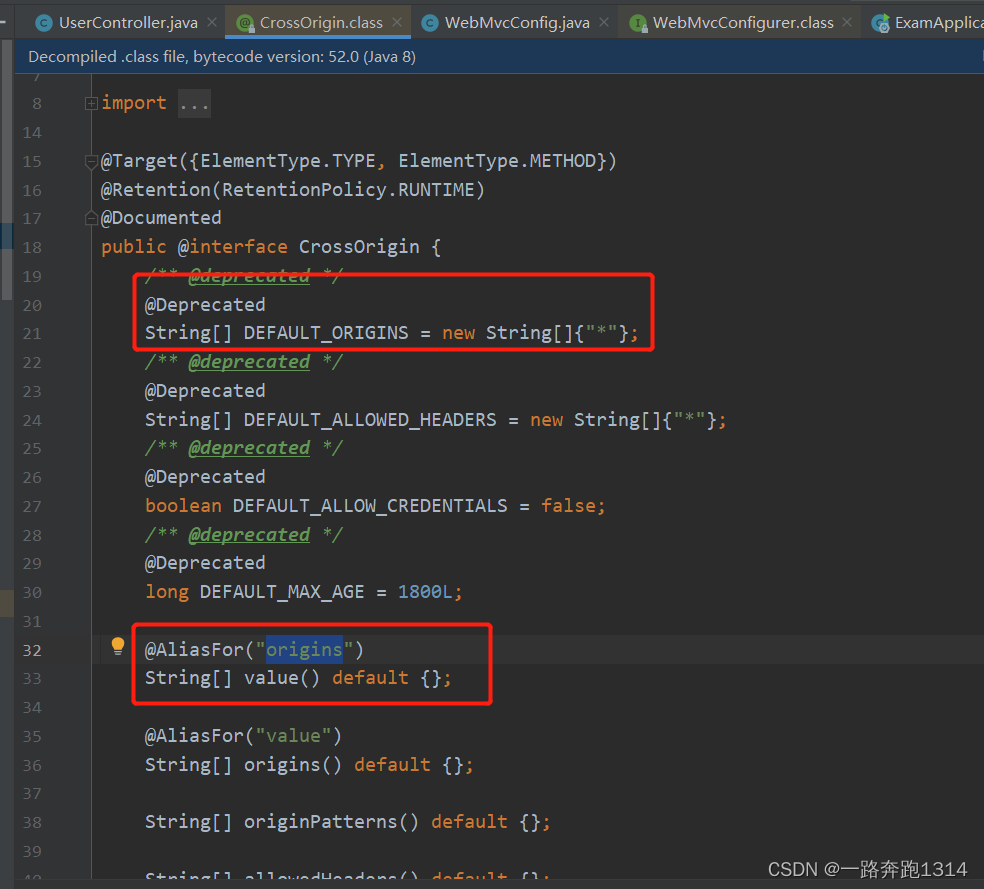
通过查看源码,我认为这样写也是OK的,如:
@CrossOrigin(allowCredentials = "true",origins = "http://localhost:8010/")
到此为止跨域报错问题解决了。
其实解决跨域有两种方式,一种是利用注解,一种写个配置类。各有利弊吧,跨域注解需要在对应的controoler上加注解,配置类写一次就可以了。
第一种方式:利用注解
@CrossOrigin(allowCredentials = "true",origins = "http://localhost:8010/")
//@CrossOrigin(allowCredentials = "true",originPatterns = "/**")
这2种注解都可以
第二种方式:配置类
package com.lsl.exam.config;
import org.springframework.context.annotation.Configuration;
import org.springframework.web.servlet.config.annotation.CorsRegistry;
import org.springframework.web.servlet.config.annotation.WebMvcConfigurer;
/**
* 跨域配置WebMvcConfig
*/
@Configuration
public class WebMvcConfig implements WebMvcConfigurer {
/**
* 配置跨域
* allowedOriginPatterns 和 allowedOrigins都是配置跨域请求来源的,
* 前者支持通配符,后者不支持通配符,只能字符串
* 取其一种即可
* @param registry
*/
@Override
public void addCorsMappings(CorsRegistry registry){
registry.addMapping("/**")//配置当前项目哪些路径支持跨域。这是所有路径都支持跨域
// .allowedOriginPatterns("*")//配置跨域请求来源。通配符配置方式。这是所有请求来源都可以
.allowedOrigins("http://localhost:8010","http://www.exam.com:8010")//配置跨域请求来源,字符串配置,配置这有这2个请求来源的跨域请求访问
.allowedMethods("GET","POST")//设置允许所有请求方式
.allowedHeaders("*")//设置允许的header
.allowCredentials(true)//设置是否发送cookie信息
.maxAge(3600);
}
}
allowedOriginPatterns 和 allowedOrigins的区别?
allowedOriginPatterns 和 allowedOrigins 都是用来设置允许跨域请求的来源,其中 allowedOriginPatterns 是在 Spring 5.3 版本引入的新方法,而 allowedOrigins 是旧版本中的方法。
它们的主要区别在于使用方式和匹配规则。allowedOrigins 方法使用的是字符串匹配,即只能指定具体的跨域来源,而不能使用通配符;而 allowedOriginPatterns 方法使用的是 Ant 风格的路径匹配规则,可以使用通配符来匹配多个来源
举个例子,如果你的前端应用需要从 http://localhost:8080 和 https://www.exam.com 两个不同的来源获取数据,allowedOrigins你可以这样配置
registry.addMapping("/**")
.allowedOrigins("http://localhost:8080", "https://www.exam.com")
.allowedMethods("GET", "POST")
.allowCredentials(true)
.maxAge(3600);
这段代码表示,允许来自 http://localhost:8080 和 https://www.exam.com 这两个来源的跨域请求访问任何请求路径,允许的 HTTP 方法包括 GET 和 POST,启用允许发送凭据,预检请求的缓存时间为 1 小时。
使用 allowedOriginPatterns 方法可以这样配置:
registry.addMapping("/**")
.allowedOriginPatterns("http://localhost:*", "https://*.exam.com")
.allowedMethods("GET", "POST")
.allowCredentials(true)
.maxAge(3600);
这段代码表示,允许来自以 http://localhost: 开头的任意端口和以 https:// 开头的以 .exam.com 结尾的任意二级域名的跨域请求访问任何请求路径,允许的 HTTP 方法包括 GET 和 POST,启用允许发送凭据,预检请求的缓存时间为 1 小时。


